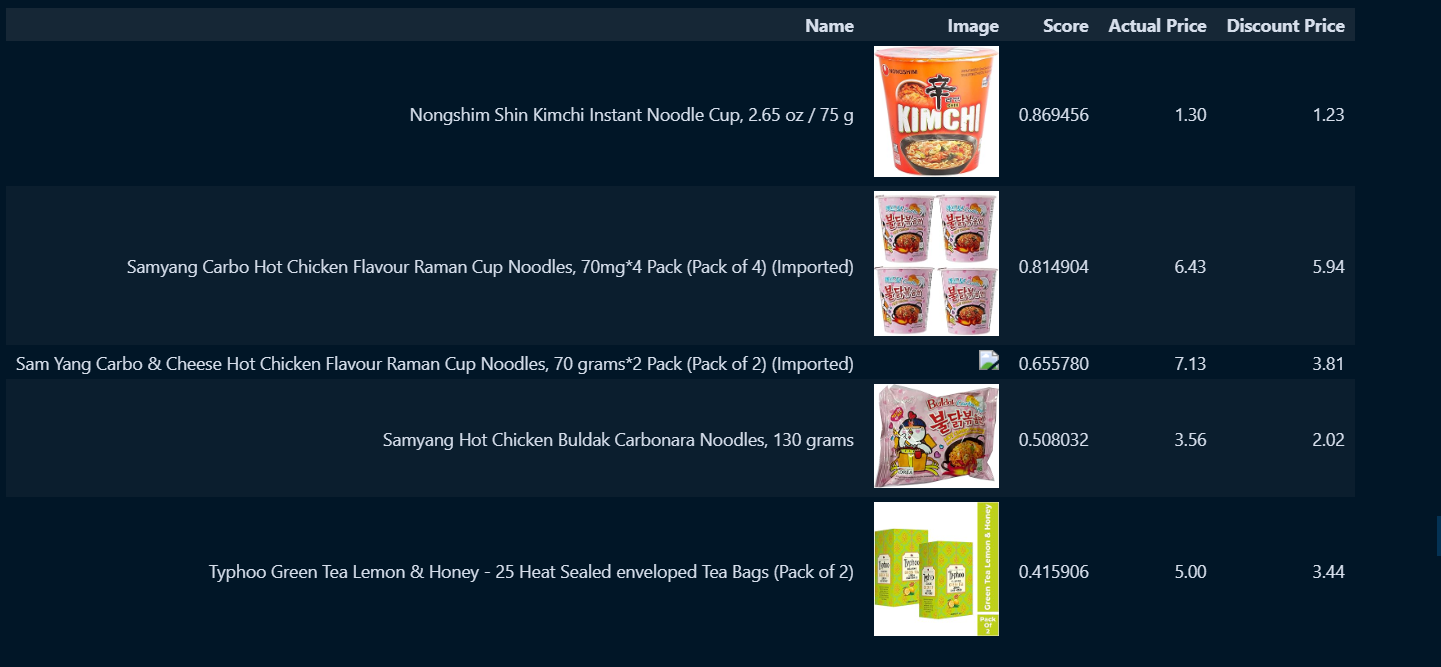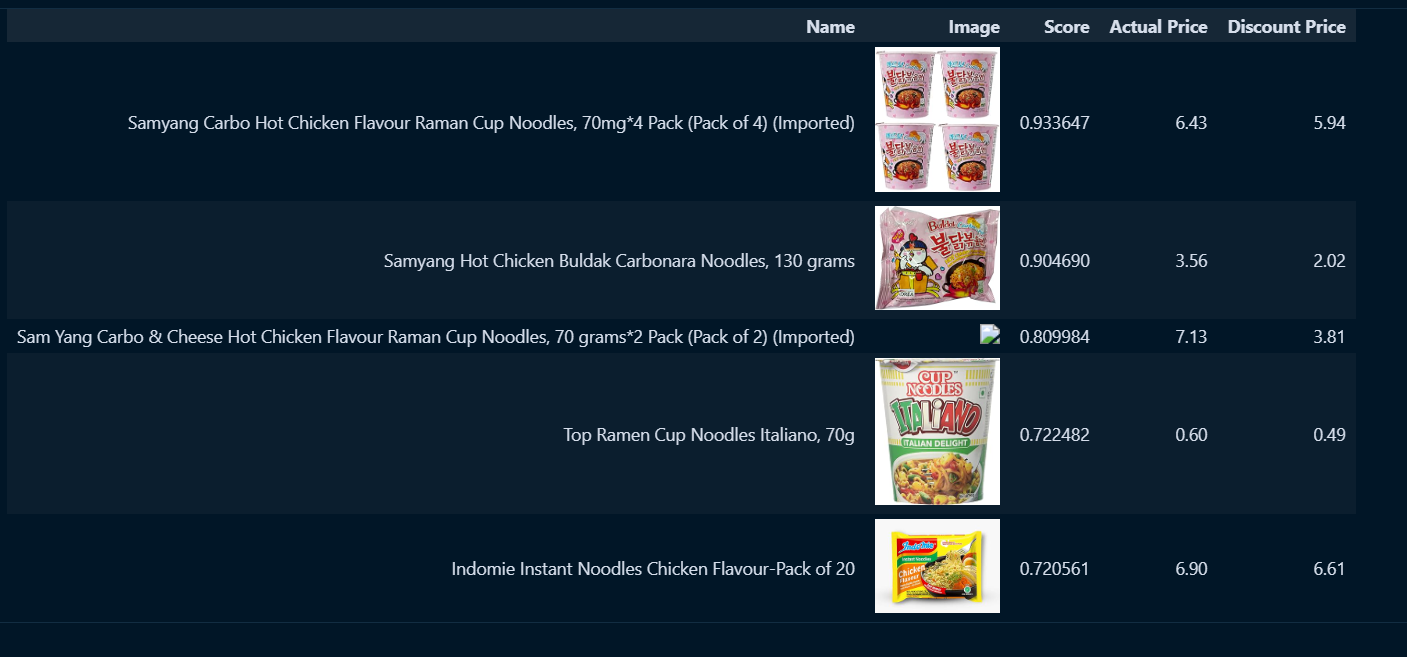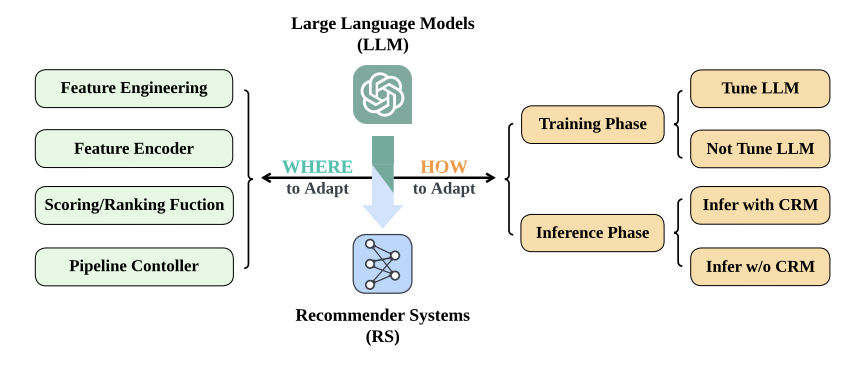Overview
This project demonstrates a recommendation system using different approaches, including traditional methods, hybrid techniques, and a modern large language model (LLM) approach. The system aims to predict and recommend items to users based on their interactions, preferences, and contextual data.
Table of Contents
Introduction
The purpose of this project is to explore and compare different recommendation techniques. Recommendation systems are widely used in various domains such as e-commerce, content streaming platforms, and social media to enhance user experience by suggesting relevant items.
Approaches
Traditional Recommendation
Traditional recommendation systems include:
- Collaborative Filtering: Recommends items based on user-item interactions, leveraging similarities between users (user-based) or items (item-based).
- Content-Based Filtering: Recommends items based on the item's content and user preferences for similar items.
These methods are relatively easy to implement but may suffer from issues such as the cold-start problem and lack of contextual understanding.
Hybrid Recommendation
Hybrid recommendation systems combine multiple recommendation techniques to overcome the limitations of individual methods. For instance, a hybrid system might merge collaborative filtering with content-based filtering to create more accurate predictions. This combination provides better results by leveraging both user behavior and content characteristics.
Advantages:
- Can alleviate cold-start issues.
- Provides more robust recommendations by considering multiple factors.
LLM-based Recommendation
Large Language Models (LLMs) like GPT-4 are capable of understanding complex patterns in user interactions, contextual data, and item descriptions. LLM-based recommendation systems can provide more personalized and context-aware suggestions by interpreting unstructured data such as text reviews, descriptions, and user queries.
Advantages:
- Able to handle unstructured data.
- Provides more nuanced recommendations considering context, sentiment, and language patterns.
- Adaptable to various domains with minimal changes.
Comparison of Approaches
| Aspect | Traditional Recommender | Hybrid Recommender | LLM-based Recommender |
|---|---|---|---|
| Ease of Implementation | High | Medium | Low |
| Cold Start Problem | Severe | Mitigated | Minimal |
| Data Requirements | Structured | Structured | Structured & Unstructured |
| Personalization | Basic | Moderate | High |
| Scalability | High | Medium | Low |
| Context Awareness | Low | Medium | High |
Visualization of Different Approaches
Here’s a visual comparison of the three recommendation approaches:
- Traditional Recommendation: Simple user-item matrix with predictions based on historical data.

- Hybrid Recommendation: Combining multiple sources of information to make a more robust prediction.

- LLM-based Recommendation: Leveraging large language models to make context-aware and personalized recommendations.

Project Structure
├── recommender-system.ipynb # Jupyter notebook containing the project code
├── data/ # Directory for datasets
├── models/ # Saved models
├── images/ # Directory for images used in the README
├── README.md # Project documentation (this file)
└── requirements.txt # Dependencies for the projectInstallation
Clone the repository:
bash git clone https://github.com/yourusername/recommender-system.git cd recommender-systemInstall the required dependencies:
bash pip install -r requirements.txtInitialize Git LFS (if required for large files):
bash git lfs install
Usage
Open the Jupyter notebook:
bash jupyter notebook recommender-system.ipynbRun the cells in the notebook to train and evaluate the recommendation models.
Results
The results of the recommendation system vary across the different approaches:
- Traditional Recommendation: Achieved an accuracy of
X%, with limitations in handling cold starts. - Hybrid Recommendation: Improved accuracy to
Y%by combining collaborative and content-based filtering. - LLM-based Recommendation: Achieved the best performance with an accuracy of
Z%, demonstrating superior handling of unstructured data and context-aware predictions.
Conclusion
In this project, we explored different recommendation approaches, highlighting the strengths and weaknesses of traditional, hybrid, and LLM-based methods. While traditional methods are easier to implement and scale, hybrid methods offer more robustness, and LLM-based recommendations provide the highest level of personalization and context awareness.

Leave a Reply